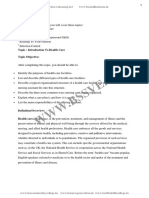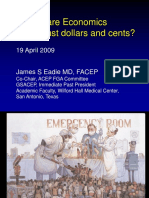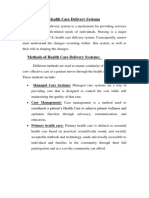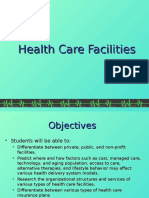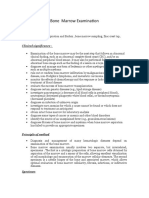0% found this document useful (0 votes)
53 views39 pagesU.S. Health Care History & Systems
The document provides an introduction to health care and public health in the US. It defines key terms, describes components of health care delivery systems, and discusses different models of health care financing that range from private to public funding.
Uploaded by
priyanshiraichada15Copyright
© © All Rights Reserved
We take content rights seriously. If you suspect this is your content, claim it here.
Available Formats
Download as PDF, TXT or read online on Scribd
0% found this document useful (0 votes)
53 views39 pagesU.S. Health Care History & Systems
The document provides an introduction to health care and public health in the US. It defines key terms, describes components of health care delivery systems, and discusses different models of health care financing that range from private to public funding.
Uploaded by
priyanshiraichada15Copyright
© © All Rights Reserved
We take content rights seriously. If you suspect this is your content, claim it here.
Available Formats
Download as PDF, TXT or read online on Scribd
/ 39













